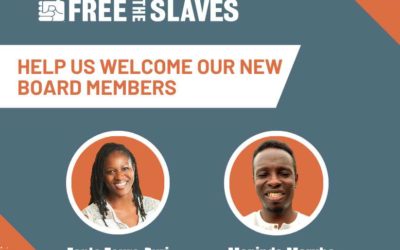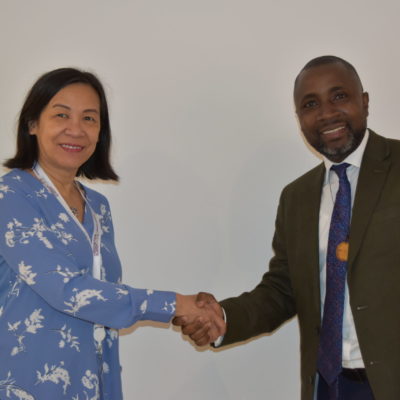Free the Slaves President Kevin Bales and photographer Lisa Kristine—who worked with FTS to produce a groundbreaking book of photographs depicting modern-day slavery around the world—are featured prominently in the top story of CNN’s Freedom Project today. The segment, titled ‘Slavery Then and Now’ bridges the distance between historic slavery, and slavery today.
Bales explains, “The pictures [many people] have in their mind are slaves in Alabama in chains in a cotton field.” Even back during the height of the trans-Atlantic slave trade, Bales says, this was not a common occurrence. More often, slaves are imprisoned through invisible chains, like the threat of violence, the threat of retribution, fear.
Lisa Kristine says, “I want to blow the lid off this thing and show what is occurring in the world.” Her striking photographs put into sharp focus what slavery looks like today: men toiling in mines in Ghana; children in Nepal carrying heavy slabs of stone up and down a mountain; the non-stop, back breaking work of enslaved laborers in brick kilns in India.
Also featured in this segment is Somaly Mam, who is a survivor of sex trafficking in Cambodia. She dedicates her life to rescuing and rehabilitating others. See the segment below:
An article accompanies this video on CNN online:
Shadowy figures lurking on the fringe
by Wayne Drash
The boys’ choir from Zambia sang in churches, schools and shopping malls across the United States. In exchange for their hard work, the boys were promised an education, wages that could be sent home to family and a school that would be built in Africa.
People who heard the 12-member a cappella choir were touched. They reached into their wallets and purses and offered up donations. The boys, ranging in age from 12 to 17, sang a mixture of gospels in English and their native tongue. They brought in more than $1 million, yet saw little of it. They received room and board and the occasional token payment, but no wages, no education, no school back home.
The boys are among the faces of modern-day slavery – in their case, trafficked into the United States under the guise of a faith-based organization that preyed on them.
“They were brought here for a specific purpose and that was to get as much out of them – with no regard for them or their futures,” says Sal Orrantia, a U.S. immigration agent who worked the case.
The number of people ensnared in modern-day slavery ranges from 12 million, according to the United Nations, to 27 million, according to leading anti-slavery activists like Kevin Bales. Another prominent activist, Siddharth Kara of Harvard, estimates the number could be as high as 30 million. The broad range is the result of challenges associated with tracking a practice hidden in shadows and finding a consensus on how best to define and measure it.



